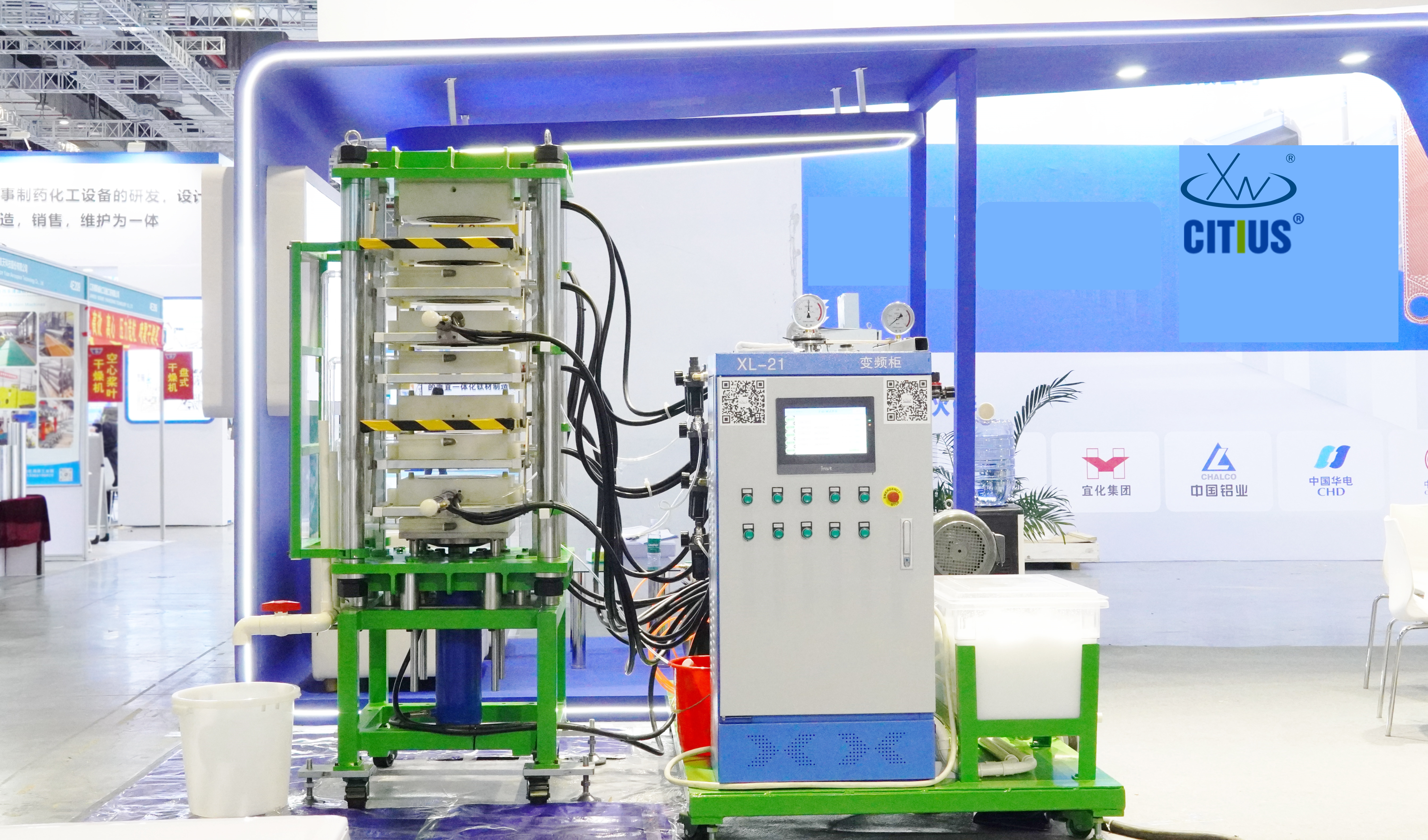Unveiling the Power of Plate and Frame Filter Cloth in Industry Applications
Release time:
2025-07-02
Introduction: What’s the Big Deal?
When it comes to industrial filtration, the plate and frame filter cloth has become a go-to solution for many. But why? Well, let’s dive into the details and unravel the magic behind this unsung hero of the filtration world!
The Basics: What Is Plate and Frame Filter Cloth?
Simply put, a plate and frame filter cloth is a key component in a filtration system, designed to separate solids from liquids. This nifty piece of technology consists of a series of plates and frames, each outfitted with a cloth that captures solids while letting liquids flow through. It’s like having a bouncer at a club—only the right guests (liquids) get in!
How It Works: The Filtration Process
Now, how does this all work? Picture this: a slurry of liquid mixed with solid particles is pumped into the system. As it enters, the plate and frame filter cloth captures the solids, allowing the clean liquid to seep through. It’s a simple yet effective process that has wide-ranging applications.
Applications in Different Industries
The versatility of the plate and frame filter cloth is nothing short of impressive. It finds its way into various sectors:
- Food and Beverage: From juice to beer, it’s crucial for removing impurities and ensuring product quality.
- Pharmaceuticals: In this highly regulated industry, ensuring purity is paramount, and filter cloth plays a significant role.
- Chemicals: Efficiently separating solids from liquids helps in producing high-quality chemical products.
- Wastewater Treatment: Here, it aids in cleaning up our water supply, making it safer for the environment.
Benefits: Why Choose Plate and Frame Filter Cloth?
Okay, let’s get down to brass tacks. Why should industries invest in this filtration method? Here are a few compelling reasons:
- Efficiency: It’s highly efficient in separating solids, resulting in fewer processing steps.
- Cost-Effective: The initial investment pays off in the long run due to lower maintenance and operational costs.
- Customizable: Different materials and designs can be tailored to meet specific industry needs.
- Durability: Made from robust materials, these filter cloths can handle tough conditions and last longer.
Challenges: What to Watch Out For
Of course, no system is without its hiccups. Some challenges associated with the plate and frame filter cloth include:
- Clogging: If not maintained properly, the cloth can become clogged with solids, affecting efficiency.
- Cost of Replacement: Over time, the cloth will need replacing, which can add to costs.
- Maintenance Needs: Regular cleaning and maintenance are essential to keep the system running smoothly.
Best Practices for Maintenance
To keep your plate and frame filter cloth in top shape, consider these best practices:
- Regularly inspect the cloth for signs of wear and tear.
- Implement a scheduled cleaning routine to prevent clogging.
- Train staff on proper handling and maintenance procedures.
Case Studies: Real-World Success Stories
Let’s take a peek at some real-world scenarios where plate and frame filter cloth has made waves:
- Case Study 1: A local brewery struggled with sediment in their beer. After switching to this filtration method, they saw a 30% increase in product clarity.
- Case Study 2: A pharmaceutical company improved their production efficiency by 25% after implementing a plate and frame filter system.
Conclusion: The Future of Filtration
In summary, the plate and frame filter cloth is an invaluable asset across various industries. Its efficiency, durability, and adaptability make it a worthy investment for any business looking to streamline their filtration processes. So, if you’re in the market for a reliable filtration solution, you might just want to give this method a whirl!

